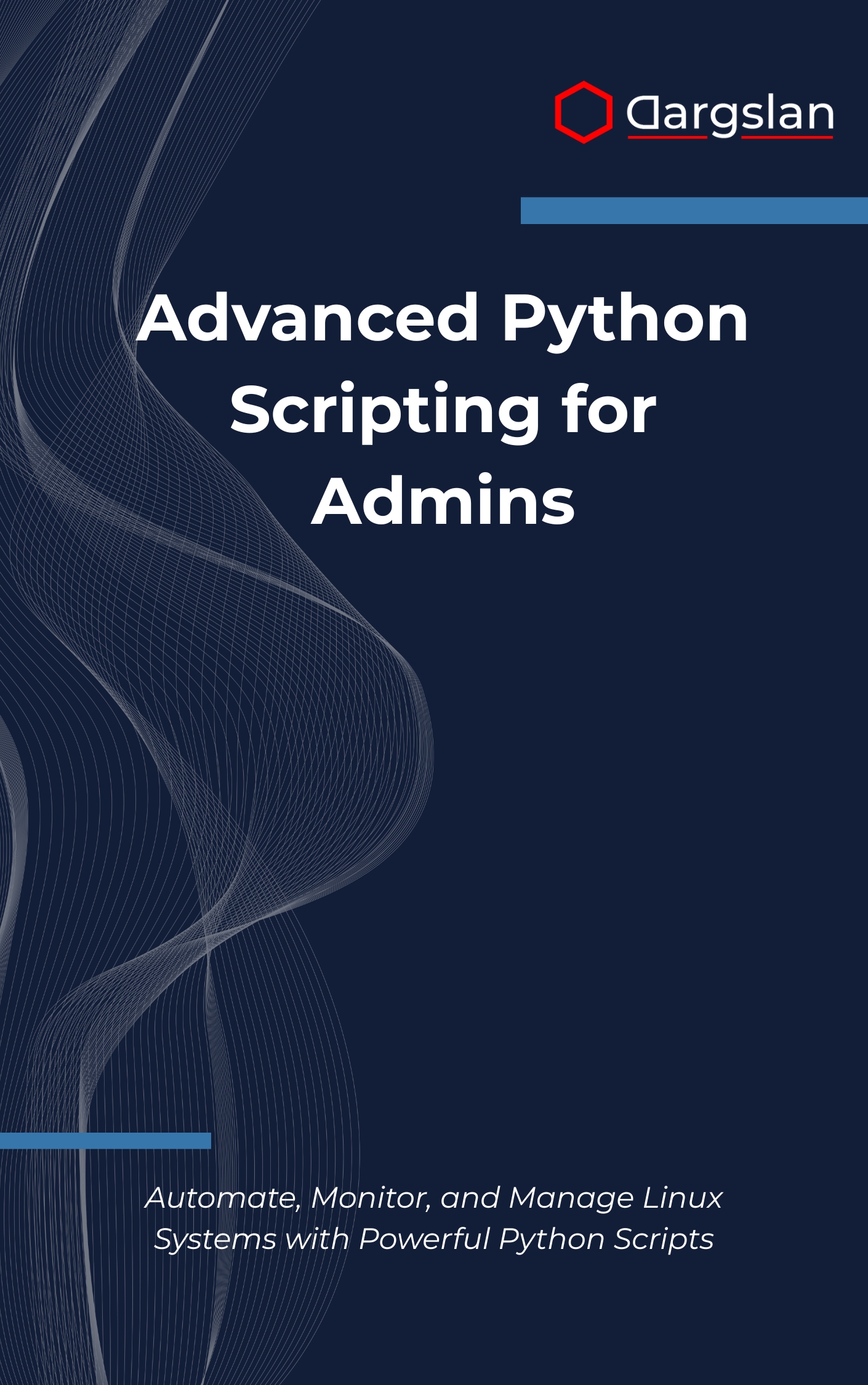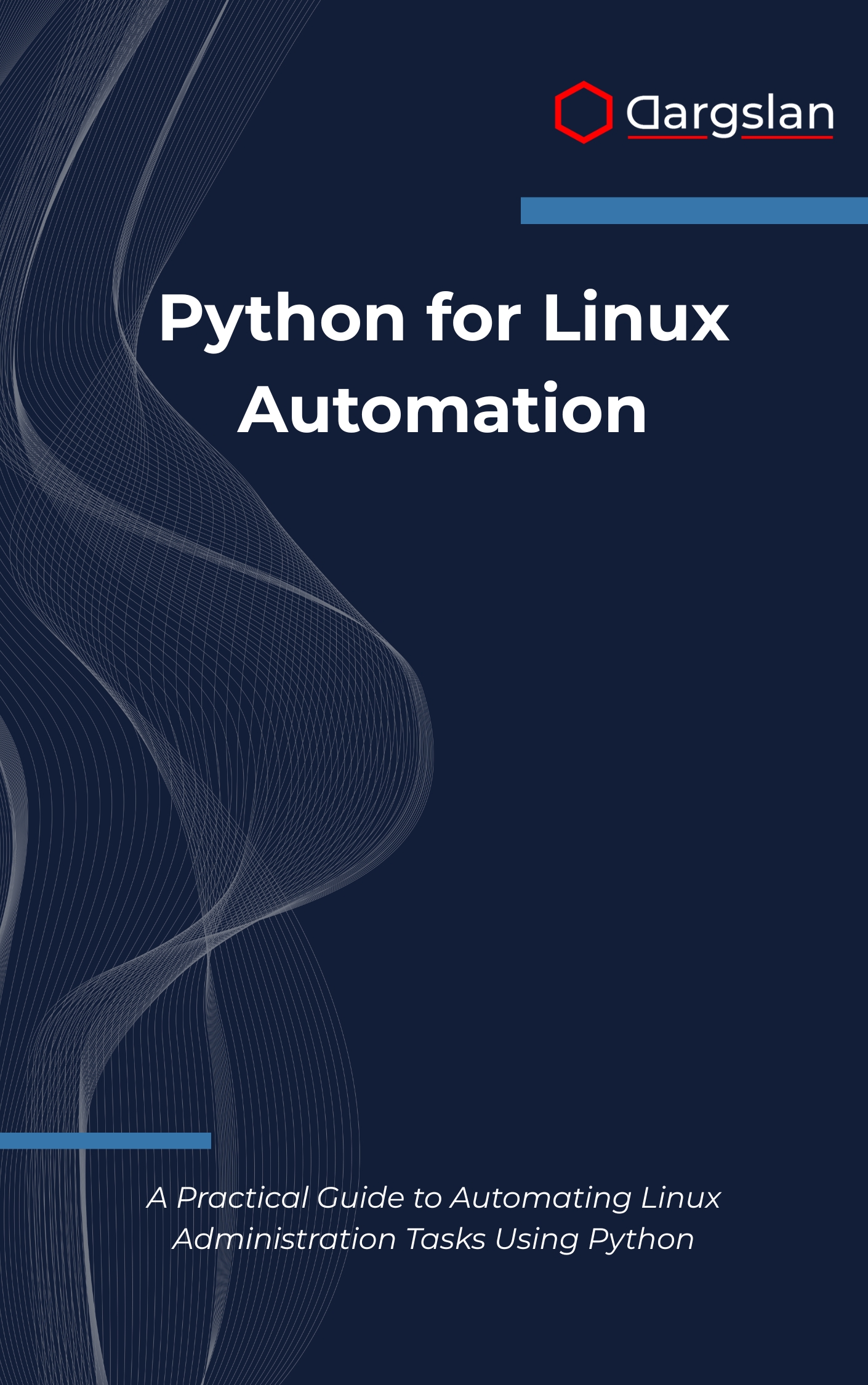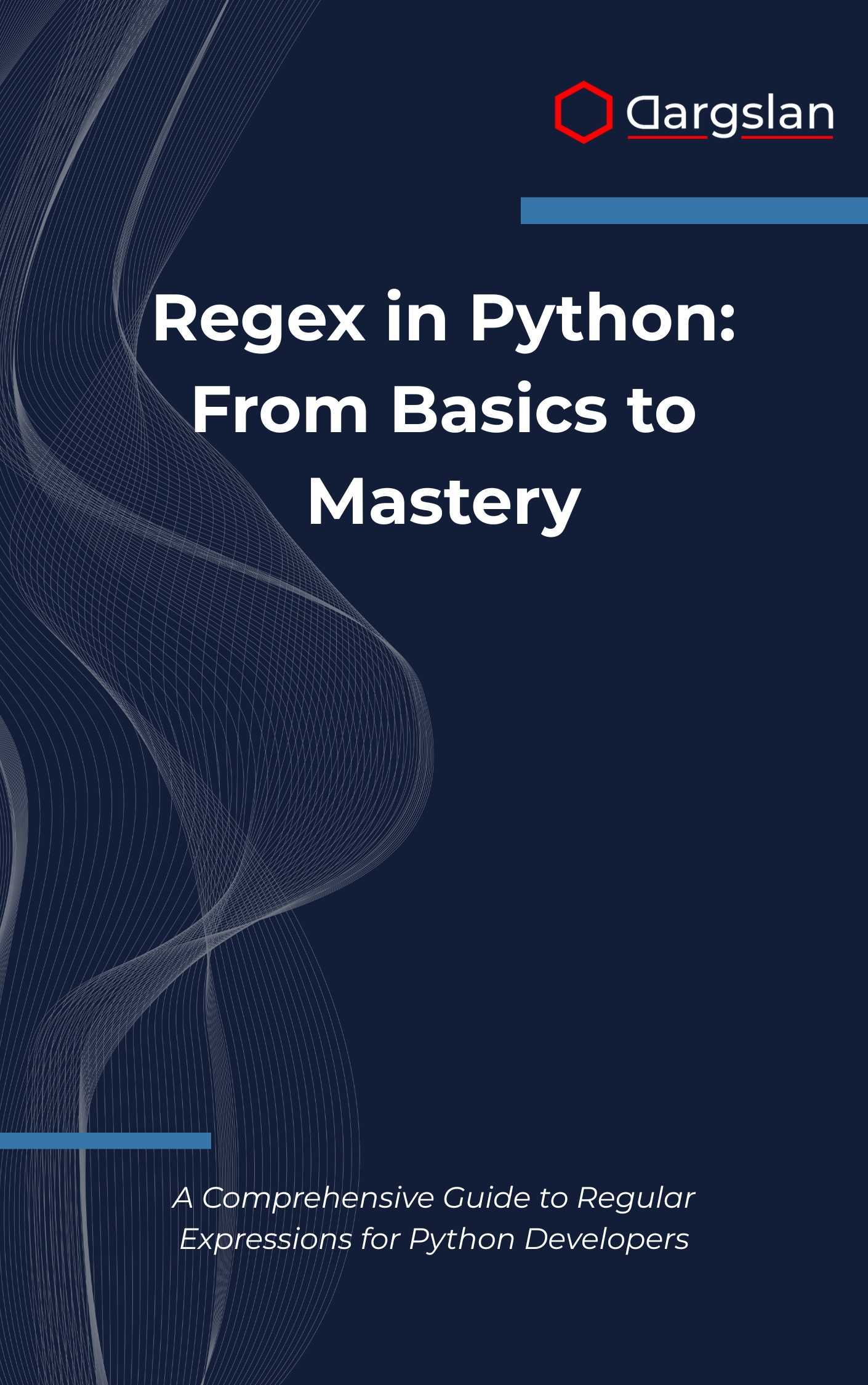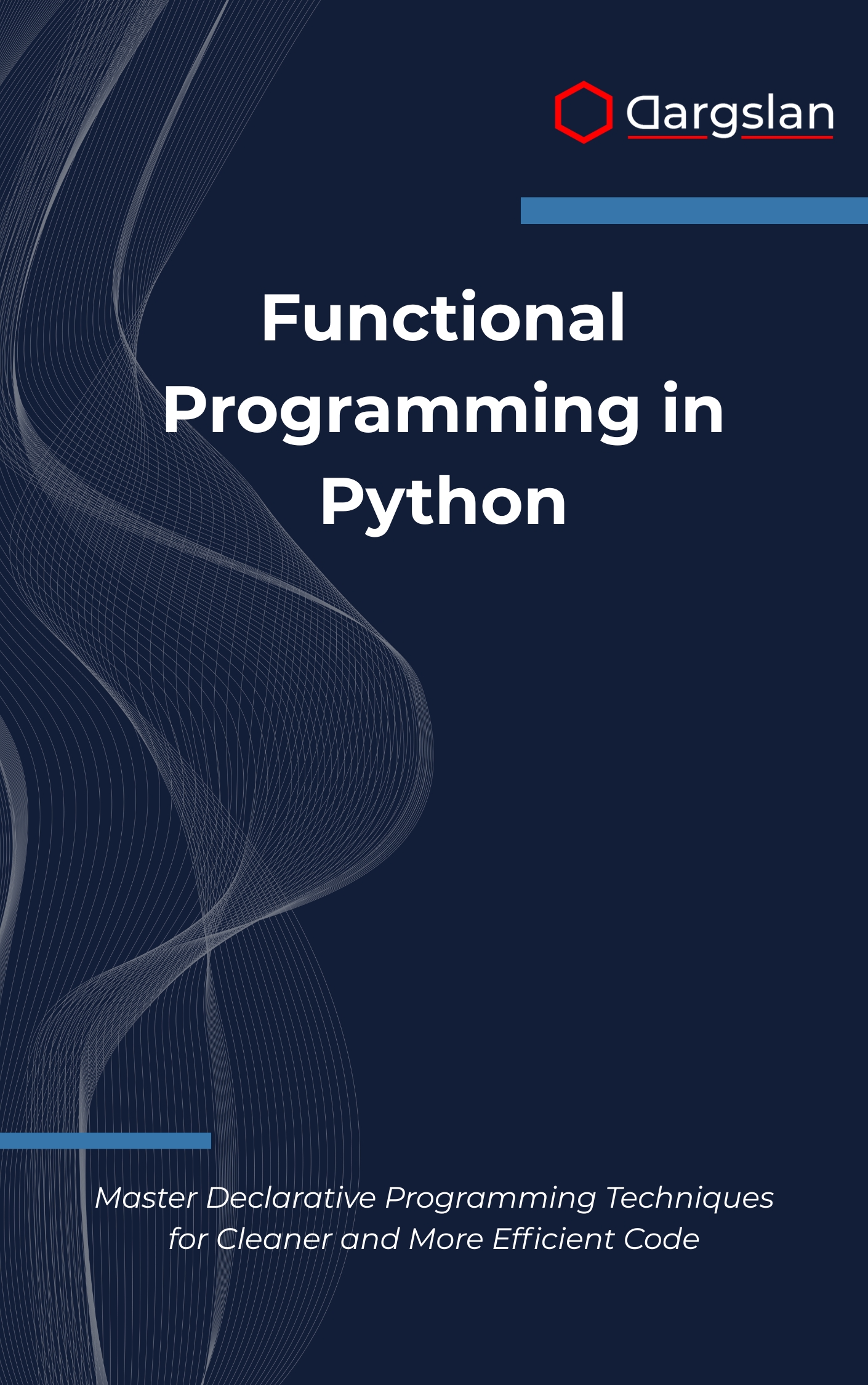Building REST APIs with Flask
Functional Programming in Python: Transform Your Python Development,Write cleaner, faster, and reusable code with functional programming in Python.
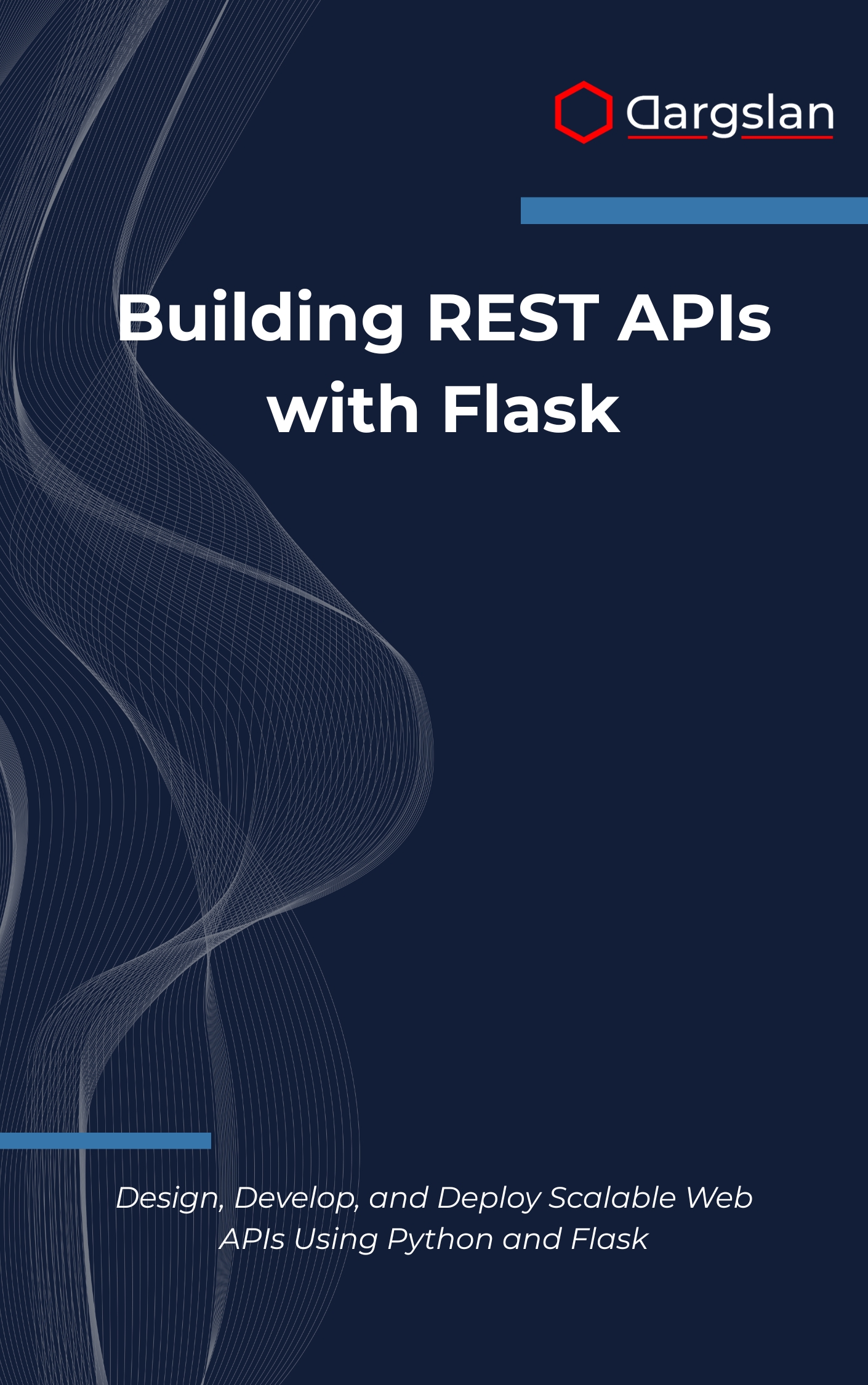
APIs are the connective tissue of modern software, and mastering them is a career accelerator. If you’re ready to turn your Python experience into production-grade services, this book shows you how to plan, build, test, and deploy robust endpoints with confidence.
With a practical, example-first approach, you’ll learn how to architect clean, scalable interfaces and ship them to real users. Along the way, you’ll adopt proven patterns that keep your code maintainable and your systems resilient.
Design, Develop, and Deploy Scalable Web APIs Using Python and Flask
Overview
Building REST APIs with Flask is a hands-on programming guide and technical book that leads you from REST fundamentals to production-ready services in Python. It covers Design, Develop, and Deploy Scalable Web APIs Using Python and Flask while weaving in core topics like REST API design principles, Flask framework fundamentals, HTTP request handling, database integration with SQLAlchemy, authentication and authorization systems, data validation and serialization, and error handling and logging. You’ll also explore API testing methodologies, pagination and filtering systems, API versioning strategies, documentation automation, production deployment techniques, and real-world Flask projects that mirror how teams build and scale services in the field. Whether you’re seeking an IT book to level up your backend toolkit or a practical manual to guide a complete API rollout, this resource provides a clear roadmap and repeatable patterns you can adopt immediately.
Who This Book Is For
- Python developers moving beyond scripts and web pages who want to design clean, stable endpoints and understand how to structure services for long-term growth.
- Full-stack engineers and backend newcomers seeking a clear learning path from HTTP basics to advanced topics like SQLAlchemy models, JWT authentication, and automated documentation with OpenAPI.
- Team leads and indie builders who need a pragmatic playbook to ship reliable APIs faster—without sacrificing security, maintainability, or observability.
Key Lessons and Takeaways
- Model real-world resources with resilient routes and request lifecycles, applying RESTful conventions that make your API intuitive for consumers and easy to extend.
- Implement data persistence with SQLAlchemy, including migrations, relationships, and efficient query patterns to support pagination, filtering, and performance at scale.
- Build defense-in-depth with robust authentication and authorization, data validation and serialization, and consistent error handling and logging so failures are predictable and diagnosable.
- Adopt a testing mindset using pytest, covering unit, integration, and contract tests that protect critical behaviors and enable safe refactoring and CI automation.
- Version and document your API with OpenAPI/Swagger and blueprinting patterns, reducing breaking changes while improving developer experience and onboarding.
- Deploy with confidence using environment-specific settings, production deployment techniques, containerization options, and monitoring hooks that keep services observable.
Why You’ll Love This Book
The writing is clear, concise, and actionable, guiding you from concept to working endpoints in small, achievable steps. Each chapter builds on the last with practical examples, diagrams, and checklists that reinforce best practices. You’ll appreciate the balance between Flask’s lightweight flexibility and the structured patterns needed for teams, including blueprints, services, and dependency boundaries that keep complexity under control.
How to Get the Most Out of It
- Start with REST essentials and the Flask environment setup, then progress chapter by chapter to routing, data handling, persistence, and security. Treat advanced chapters—like versioning, documentation automation, and production deployment—as your capstone path to a complete API.
- Apply patterns as you read: convert an existing service or prototype a new resource using the book’s recommendations on request validation, SQLAlchemy models, and structured error responses. Keep a running “improvements backlog” and iterate with tests.
- Build mini-projects for each major concept: a user-service with JWT auth, a catalog with pagination and filtering, and a reporting endpoint that demonstrates logging and tracing. Finish with a full deployment using environment variables, a WSGI server, and automated tests in CI.
Deep-Dive Highlights
- HTTP request handling: Master parsers, headers, and content negotiation to keep interfaces consistent across clients.
- Validation and serialization: Use schemas to guarantee contract integrity and prevent brittle ad hoc checks.
- Error handling and logging: Standardize response formats, correlate logs, and surface actionable diagnostics for faster incident response.
- Pagination and filtering systems: Deliver predictable, performant queries that scale without complicating client code.
- API versioning strategies: Evolve features safely with URL or header-based versioning and deprecation workflows.
- Documentation automation: Generate and publish OpenAPI specs that power SDKs, mocks, and onboarding portals.
- Production deployment techniques: Evaluate hosting options, configure WSGI servers, and set up health checks, metrics, and alerts.
What You’ll Build
Throughout the book, you’ll implement layered services that separate routing, business logic, and persistence for clarity and testability. You’ll wire up SQLAlchemy models, secure endpoints with JWT and role-based access, and implement structured logging with request IDs for traceability. By the end, you’ll have a reference-grade API template you can reuse across projects and teams.
Common Pitfalls Addressed
- Tight coupling between views and database models is replaced with modular boundaries and service layers.
- Ad hoc validation gives way to schema-driven enforcement that scales with new fields and versions.
- “Works on my machine” deployments are replaced by reproducible environments, CI tests, and environment-aware settings.
Get Your Copy
Level up your backend craft and deliver reliable services faster. If you want a proven path from idea to production—with clean patterns you can trust—this is the guide you’ll reach for again and again.

